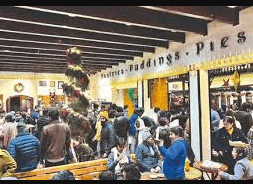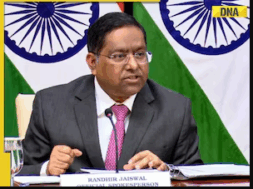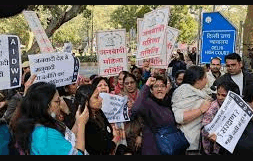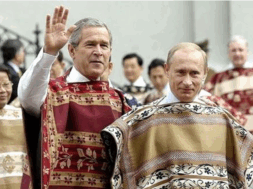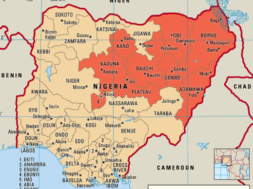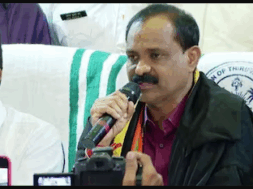
Global economy: India beats world’s gloom with its festival-time market boom
Virendra Pandit
New Delhi: Amid global institutions, including the International Monetary Fund (IMF) and the World Bank, forecasting the onset of a worldwide recession in the coming months, India is the only silver line: its markets are booming in the festive season, and are likely to do so in the marriage season that follows.
With a worldwide recession predicted, India remains the only major emerging economy with prospects of a 6.8 percent GDP growth this year, and 6.1 percent in 2023.
In the September-November festive season, the countrywide sales of consumer goods may the USD 27 billion (Rs. 2,16,000 crore) mark, including offline and online sales of houses, and goods like cars, television, jewelry, clothes, and other consumer durables. Travel and pilgrimage have also increased manifold. This has given a fillip to the country’s growth prospects when several developed and emerging economies are battling inflation and recessionary trends.
In the pre-Covid period in 2019, the sales in India amounted to nearly USD 13 billion and in 2020 to USD 21 billion, an early industry estimate showed.
According to the Confederation of All India Traders’ Association (CAIT), these included nearly USD 15.2 billion in offline sales, vis-à-vis USD 8.5 billion in 2019. This year is expected to witness USD 11.8 billion worth of sales on online platforms like Amazon and Flipkart.
The sales boom also shows ‘revenge shopping’ to make up for the ‘lost two years’ of 2020 and 2021 when the pandemic forced people to stay indoors and minimize purchases. In the post-Covid year of 2022, with the Indian economy recovering, wages and jobs have increased, thus boosting sales.
Online sales increased by some 20 percent in September this year. With a four-fold rise in online buyers since 2018 to nearly 200 million and demand for articles like fashion garments and mobile handsets spreading to smaller towns, these sales may only go up in the coming next three months.
According to the Federation of Automobile Dealers Associations (FADA), the sale of automobiles, including two-wheelers, increased 57 percent during the Navaratri period in October this year, compared to last year. It was 20 percent higher compared to the pre-pandemic 2019.
Likewise, the Indian housing sector also registered a boom in seven top cities where home sales in the July-September quarter rose nearly 70 percent compared to 2021.
The forecasts of a global recession emerged after Russia invaded Ukraine in February this year, which sent prices spiraling upwards in most countries because of increased interest rates, including in the US and the UK.
The developed countries, representing one-third of global output, are expected to slip into recession next year, the IMF said.
India had not remained unaffected because of this global trend as lending rates have gone up by about 150 basis points since May when the Reserve Bank of India started combating consumer inflation after it hit a five-month high of 7.41 percent year-on-year in September.
But, economists said, the inflation in India peaked while the post-Covid economic activity also peaked simultaneously. The spike in consumer demand is expected to support the economic growth of around 6.5 percent in 2022-2023, the highest among the world’s major economies. The reopening of educational institutions and resumption of physical presence in office work also contributed to the spike in demand.
A major reason for increased demand is the availability of credit, which hit a 10-year high of 16.2 percent in August as companies and consumers availed of loans to fund investments and purchases, the RBI said.
The retail boom is also reflected in increased revenue for the government. Its Goods and Services Tax (GST) collections, a barometer of consumer demand, rose 26 percent year-on-year in September.
Praveen Khandelwal, Secretary-General of the CAIT, representing more than a million retailers, said the sales might grow around 70 percent compared to the pre-Covid period as people were spending more on garments, gold, and home decoration to celebrate festivals and make purchases for marriage season.
“With expanding economic activity and post-Covid recovery after two years, consumer confidence has improved as India is celebrating festivals with no fear of a pandemic,” he said.

